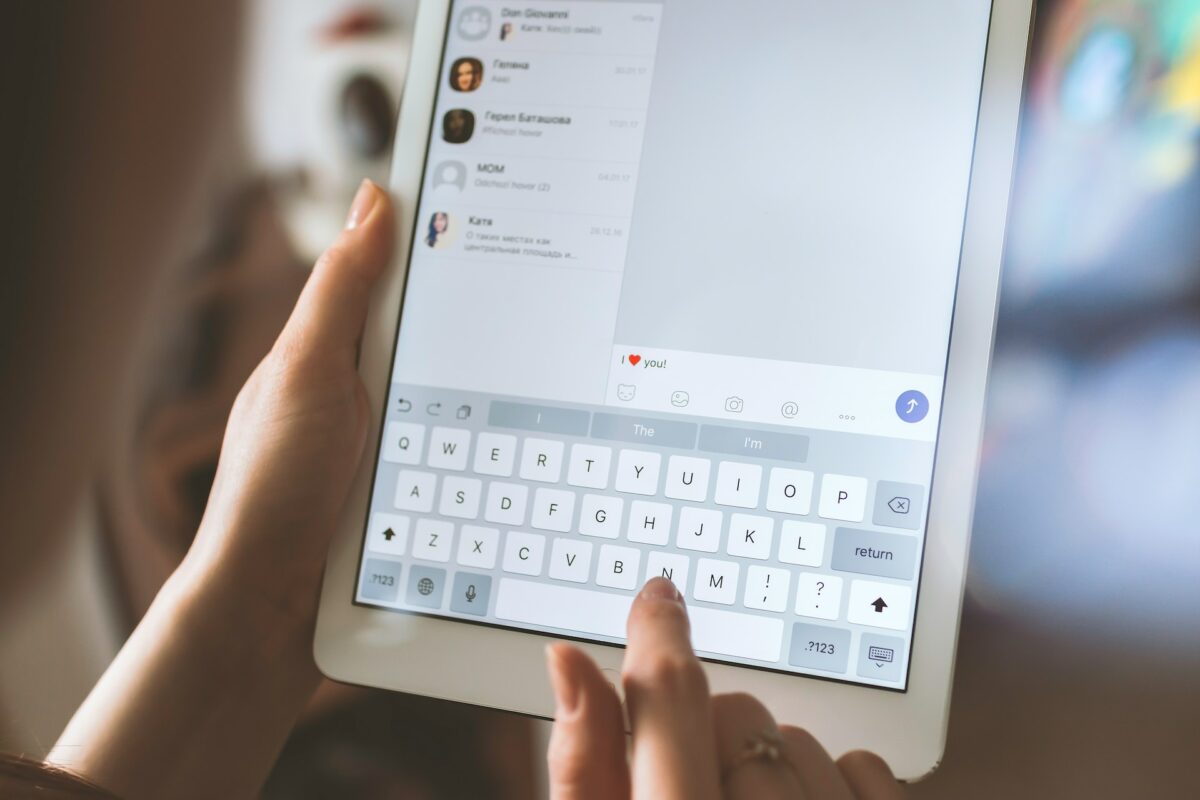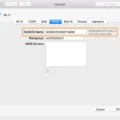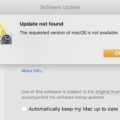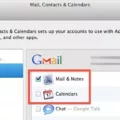The iPad has become an essential device for many individuals, offering a wide range of functionalities and features. One of its prominent features is the ability to receive iMessages, which allows users to stay connected with friends, family, and colleagues. However, there may be instances where you want to control where these messages appear, particularly if you have multiple Apple devices. In this article, we will explore how you can stop messages from going to your iPad and ensure they only appear on your desired devices.
To begin, you will need to access the settings on your iPad. Open the Settings app and scroll down until you find the “Messages” option. Tap on it to proceed. Within the Messages settings, you will see a section labeled “Send & Receive.” This is where you can customize where your iMessages are delivered.
By default, your iPad is likely set to receive iMessages using both your phone number and email addresses associated with your Apple ID. To prevent messages from appearing on your iPad, you will need to uncheck these options. Simply tap on your phone number and email addresses to remove the checkmark next to them. This ensures that iMessages will no longer be delivered to your iPad.
If you wish to add a new iMessage email address, you can do so by logging in to your Apple ID account. Go to the Apple ID website and sign in using your credentials. Once logged in, select the “Edit” option under the “Account” section. From here, you can add a new email address that you want to use for iMessages. Make sure to save your changes before exiting.
In addition to iMessages, you may also want to control where FaceTime calls appear. FaceTime is another communication feature on Apple devices that allows you to make video and audio calls. To manage FaceTime settings, go to the Settings app and scroll down until you find the “FaceTime” option. Tap on it to access the FaceTime settings.
Similar to the Messages settings, you can choose which phone numbers and email addresses are associated with FaceTime. Simply tap on the phone numbers and email addresses to remove or add them as desired. This way, you can ensure that FaceTime calls only appear on your preferred devices.
It’s important to note that if you have multiple Apple devices, such as an iPhone and an iPad, messages and FaceTime calls may still sync across devices by default. To prevent this from happening, you will need to ensure that your iPad is not syncing messages through iCloud. To do this, go to the Settings app on your iPad and tap on your name at the top. Then, tap on “iCloud” and scroll down until you find the “Messages” option. Make sure this option is turned off. By doing so, any messages you delete from your iPad will not be deleted from your iPhone or other devices.
Controlling where iMessages and FaceTime calls appear on your iPad is essential for managing your communication preferences. By following the steps outlined in this article, you can stop messages from going to your iPad and ensure they only appear on your desired devices. Remember to customize your settings in the Messages and FaceTime sections of the Settings app, and turn off message syncing through iCloud if necessary.

How Do You Stop iMessage From Going to Multiple Devices?
To stop messages from appearing on multiple devices, you can follow these steps:
1. Open the “Settings” app on your iPhone or iPad.
2. Scroll down and tap on “Messages”.
3. In the “Messages” settings, tap on “Send & Receive”.
4. Here, you will see a list of phone numbers and email addresses associated with your Apple ID and iMessage. Uncheck the ones you don’t want to receive iMessages on. This will prevent iMessages from being delivered to those devices.
Alternatively, you can also add a new iMessage email by logging in to your Apple ID and selecting “Edit”. This way, you can specify which email addresses should receive iMessages.
It’s worth noting that these settings will only affect iMessages and not regular text messages (SMS). Regular text messages will still be delivered to all your devices with a cellular connection.
To manage FaceTime settings, you can follow a similar process:
1. Open the “Settings” app on your iPhone or iPad.
2. Scroll down and tap on “FaceTime”.
3. In the “FaceTime” settings, you can remove or add phone numbers and email addresses by tapping on them and selecting the desired action.
By managing these settings, you can control where iMessages and FaceTime calls are delivered, ensuring they only go to the devices you want.
How Do You Delete Messages From Your iPad but Not Your iPhone?
To delete messages from your iPad without deleting them from your iPhone, you need to follow a few steps:
1. On your iPad, go to the “Settings” app. This app usually has a gear icon and can be found on your home screen.
2. In the “Settings” menu, look for your name or Apple ID at the top. Tap on it to access your iCloud settings.
3. In the iCloud settings, you will find various options for syncing data across your Apple devices. Look for the “Messages” option and tap on it.
4. Inside the “Messages” settings, you will see a toggle switch next to “iCloud Messages” or “Messages in iCloud.” Make sure this toggle is turned off. By disabling this feature, your messages will no longer sync between your iPad and iPhone.
5. Once you have disabled iCloud Messages, you can now delete messages from your iPad without affecting your iPhone. Simply open the Messages app on your iPad, locate the conversation or message you want to delete, and swipe left on it. A red “Delete” button will appear. Tap on it to remove the message.
It’s important to note that after disabling iCloud Messages, your messages will no longer be backed up to iCloud and won’t be available on other devices. Also, any messages that were previously synced to iCloud will be removed from your iPad, but they will still remain on your iPhone.
1. Open “Settings” on your iPad.
2. Tap on your name or Apple ID.
3. Go to “iCloud” settings.
4. Disable “iCloud Messages” or “Messages in iCloud.”
5. Open the Messages app on your iPad.
6. Swipe left on the message or conversation you want to delete.
7. Tap on the red “Delete” button.
By following these steps, you can delete messages from your iPad without affecting your iPhone, ensuring that the messages remain on your iPhone while being removed from your iPad.
Conclusion
The iPad offers a range of convenient features for managing iMessages and FaceTime. By adjusting the settings in the Messages and FaceTime apps, users can control where iMessages and FaceTime calls appear, ensuring that they are only received on desired devices. This can be done by going to Settings > Messages > Send & Receive for iMessages, and Settings > FaceTime for FaceTime calls.
Furthermore, users can also add or remove phone numbers and email addresses associated with their iMessage and FaceTime accounts. This can be done by logging in to their Apple ID and selecting Edit.
Additionally, to prevent messages from being deleted across multiple devices, users can disable the Messages feature for their iCloud account. This can be done by going to Settings > Your Name, iCloud, iTunes & App Store, and tapping on iCloud. By turning off the Messages option, deleting a message from one device, such as the iPad, will no longer result in its deletion from other devices, like the iPhone.
The iPad provides users with the flexibility and control to manage their iMessages and FaceTime calls effectively. By adjusting the settings and customizing their preferences, users can ensure that they receive messages and calls only on desired devices while also preventing accidental message deletions.













